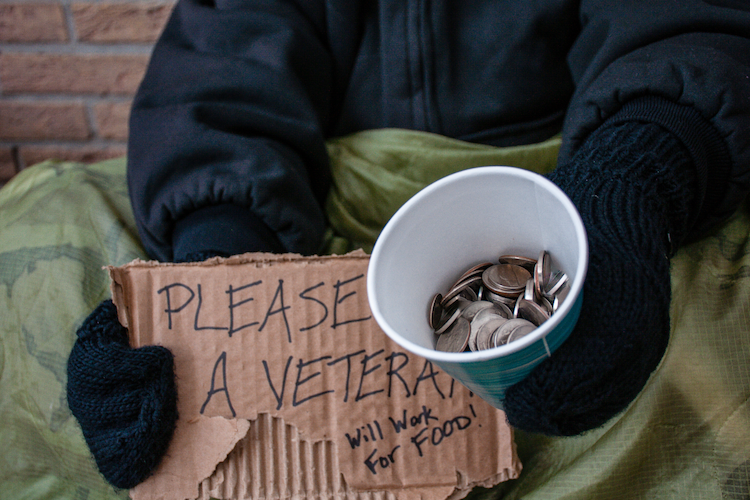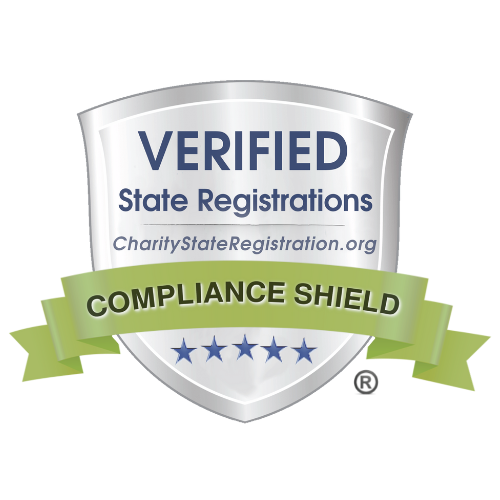IAVA Testifies Before the House Veterans’ Affairs Committee on the Veteran Housing Crisis

Kaitlynne Yancy addresses the House Committee on Veterans’ Affairs today on the topic of combating housing insecurity among the veteran population
FOR IMMEDIATE RELEASE:
December 6, 2022
CONTACT: press@iava.org
Statement of Kaitlynne Yancy
Associate Director, Government Affairs
of
Iraq and Afghanistan Veterans of America
before the
House Committee on Veterans’ Affairs
Subcommittee on Economic Opportunity
December 6, 2022
Chairman Levin, Ranking Member Moore, and Members of the subcommittee, on behalf of Iraq and Afghanistan Veterans of America’s (IAVA) more than 425,000 members, thank you for the opportunity to share our views, data, and experiences on the topic of “Transitional Housing Reform: Examining the Future of the VA Grant and Per Diem Program.”
The VA did not accomplish its plans to end veteran homelessness by the end of 2015, but it has made some considerable progress. This is in large part due to private, local, and nonprofit partners who have teamed with VA to implement a solution. The number of homeless veterans has declined since 2010, and in fact, has dropped nearly 50% since 2010. Despite the huge advances made in recent years, there are still tens of thousands of veterans who remain homeless on a single night. The VA cannot solve this challenge alone. Veterans who struggle with substance abuse or were previously incarcerated are often unable to be placed in housing programs. Even more struggle to maintain a permanent home.
In IAVA’s latest survey, 24% reported going without a home for over a year after they transitioned out of the military, and 81% reported couchsurfing temporarily. Housing and homelessness-related referrals are among the services most requested through IAVA’s Quick Reaction Force (QRF), a comprehensive care management program that provides assistance to veterans and their families. In 2020 alone, IAVA provided hundreds of veterans and family members with housing and homelessness-related support.
This generation of veterans is challenging the traditional image of the single, male veteran that came to characterize homeless veterans following the Vietnam War. Homeless veterans today may have families or may be women. Women veterans historically are at higher risk for homelessness than their civilian counterparts. Providing safe facilities for women that will address their specific needs is critical. Ensuring these facilities also accept children is vital. Others are younger veterans who may just need temporary support. The VA must continue partnerships to align effective, dynamic services to these demographic shifts.
Women veterans are more likely than their male peers to face economic and personal challenges. They have higher rates of unemployment, are more likely to be homeless, and are more likely to be single parents. When these women are asked whether their challenges are unique, their answer is generally no, but support is harder to access. It is critical that we focus on policy changes that are inclusive of women and minority individuals. IAVA strongly suggests we authorize new federal grants to subsidize specialized reintegration services for homeless women veterans and homeless veterans with children, including job training and placement, counseling, housing, and childcare.
The VA Grant and Per Diem (GPD) is an instrumental piece of the puzzle for tackling veteran homelessness. This two-pronged approach both funds grants to organizations that provide transitional housing and reimburses providers for the daily cost of care for veterans residing in transitional housing through per diem payments; an effort IAVA has long supported. While we are very supportive of the GPD program, we do have some concerns.
The program was established with an understanding that veterans need support in the communities where they live, and that offering this support when veterans face an urgent housing crisis is critical. As the actively homeless number of veterans continues to decrease, and as we do a better job of preventing veteran homelessness, we expect that program occupancy will decrease in certain communities, which will create opportunities to repurpose those resources to match the evolving needs of this population.
To be clear, our nation must maintain or increase the level of funding targeted to permanently ending veterans’ homelessness. To prioritize effectively serving veterans, it’s critical to regularly examine data on the number of veterans experiencing homelessness in a community, the number of veterans exiting GPD to permanent housing, and the collectively stated needs of veterans currently and formerly experiencing homelessness, and then align program funding accordingly.
We can respond to this changing context by enabling GPD operators to repurpose excess resources to help even more veterans exit homelessness and achieve housing stability as quickly as possible. Allowing GPD operators to right size the transitional housing program would enable them to meet a reduced demand for shelter while shifting resources toward supporting housing stability, new types of housing (like Housing-First focused permanent housing), and prevention efforts that can keep veterans out of the homeless response system altogether.
To take full advantage of those opportunities, GPD operators will need the flexibility to switch between approved models as needed, with little bureaucracy, and right size the number of per diem beds in the program based on bed utilization over time.
In January 2020, it was reported that over 14,000 HUD-VASH vouchers are unused each year while over 35,000 veterans are going without a place to stay each night. VA stated it was due to hiring problems and the rising cost of living in cities with some of the largest homeless veterans populations. It has been almost three years since, and the U.S. is seeing record rates of inflation. While the recently reported 11% decrease in homeless veterans from early 2020 is to be celebrated, we have not received an update on the amount of HUD-VASH vouchers distributed; IAVA would like to see VA conduct a study to examine utilization rates, service delivery, and coordination, and the geographic disparities of veterans’ homeless and housing programs, including the distribution of HUD-VASH vouchers.
IAVA would also like to voice our strong support for the bipartisan Building Solutions for Veterans Experiencing Homelessness Act of 2021 (S. 2172). This bill would strengthen programs emphasizing permanent solutions to housing instability and homelessness experienced by veterans across the country and preserve expiring COVID-19-related housing programs. Among the many critical solutions in this bill, this legislation would provide greater accommodations for homeless veterans by expanding public transportation for veterans to access care, providing stable housing, and delivering appropriate medical care for aging veterans while they await long-term care placement. We are committed to working with Congress and our community partners across the country to end homelessness among veterans, and the passage of S. 2172 will be crucial in this endeavor. IAVA strongly urges this Committee to ensure the passage of this critical legislation before the end of this year.
Finally, I would be remiss if I did not mention that IAVA’s Quick Reaction Force is available for any veteran and family member who is currently homeless or at risk of homelessness, or facing other challenges. QRF works closely with VA housing programs as well as both local and national programs to ensure that every veteran has swift access to quality shelter and safe housing options. QRF does not only help veterans at risk for homelessness but also those trying to access VA benefits, seek mental healthcare, are in need of emergency financial assistance, and much more. If any veteran, or veteran family member, needs services, please reach out to QRF at 855-91rapid or go to quickreactionforce.org.
Members of the Subcommittee, thank you again for the opportunity to share IAVA’s views on these issues today. I look forward to your questions and working with you in the future.
Biography of Kaitlynne Yancy
Kaitlynne Yancy serves as IAVA’s Government Affairs Associate Director, helping to lead IAVA’s advocacy efforts in Washington, D.C. She served in the United States Navy for four years as an Aviation Electronics Technician 3rd Class. After departing from the Navy in 2014, she used her GI bill to obtain her bachelor’s degree at Baldwin Wallace University while working with her fellow student veterans. Serving first as the Secretary of her university’s Student Veteran Organization and then as the President, Kaitlynne worked to help fellow student vets take advantage of all the programs offered to them due to their service. Kaitlynne has also worked with several veteran non-profits to help disabled and transitioning former servicemembers.





